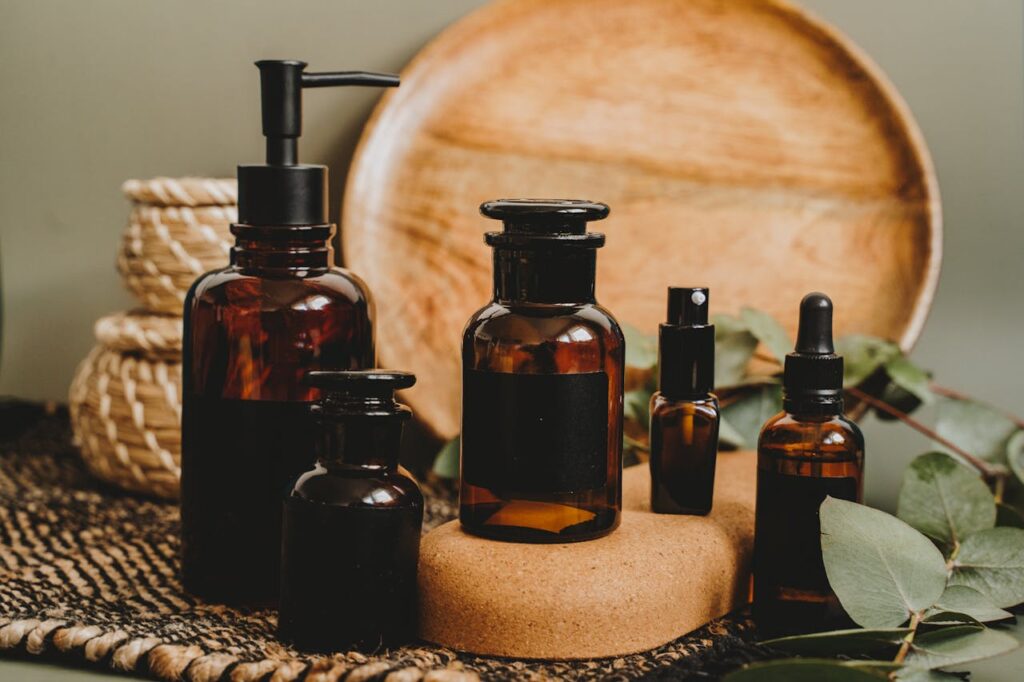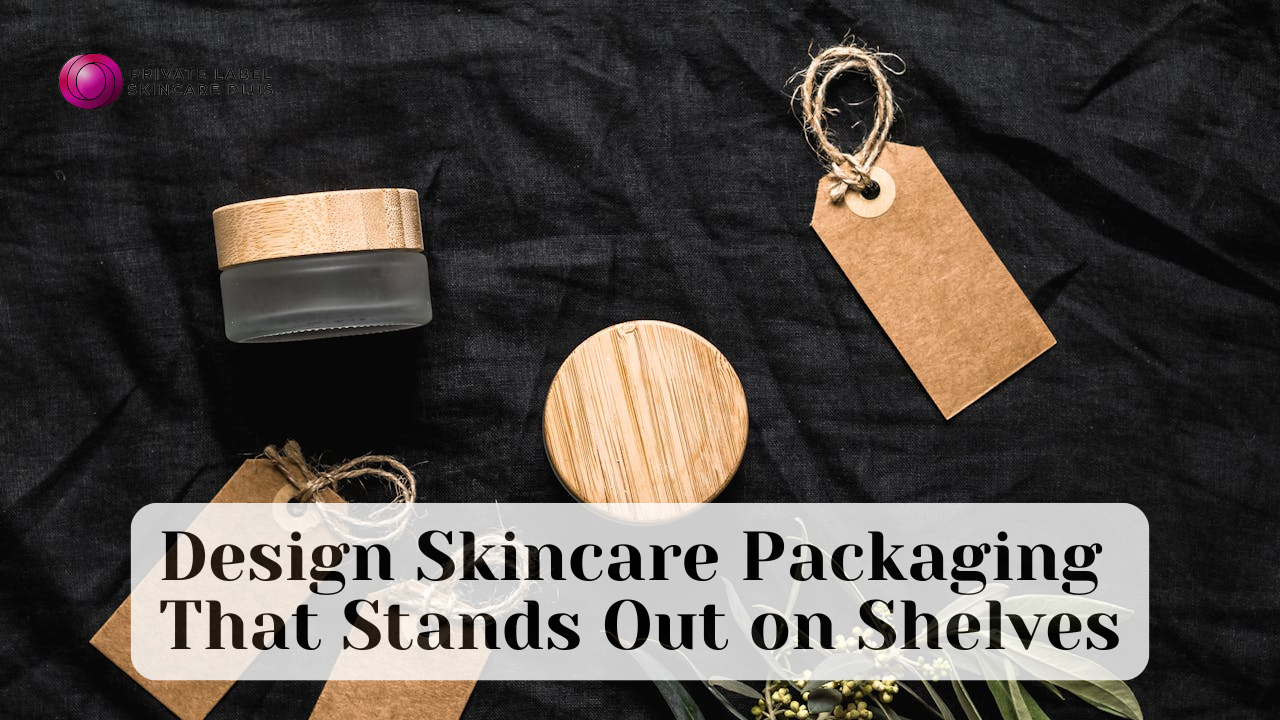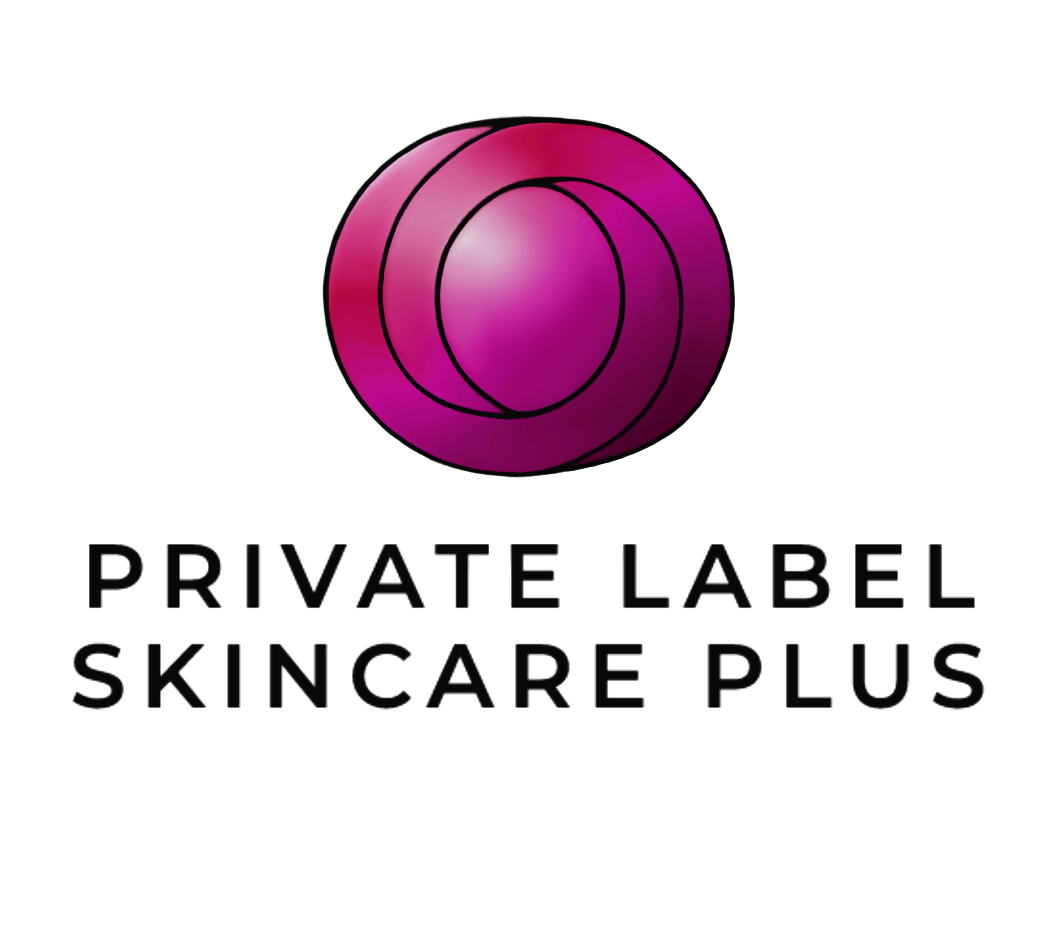The skincare industry is booming, with countless brands competing for consumer attention. In this crowded market, a well-crafted skincare packaging design can make all the difference between a product that flies off the shelves and one that gets overlooked.
Beyond aesthetics, custom skincare packaging plays a crucial role in branding, functionality, and sustainability. It protects the product, conveys brand values, and creates a lasting impression.
This guide will help you craft a standout skincare packaging design that attracts customers, enhances usability, and sets your brand apart.
1. Why Packaging Matters in Skincare Branding
Packaging is often the first interaction a consumer has with a product. It communicates quality, brand identity, and even the effectiveness of the formulation inside. A well-designed package should:
- Catch the eye – Stand out on crowded shelves or online platforms.
- Communicate brand values – Whether luxury, eco-conscious, or clinical.
- Provide functionality – Easy-to-use, hygienic, and protective.
- Build trust – Compliance with regulations and transparency in labeling.
Understanding Consumer Behavior
Consumers make purchasing decisions within seconds, and packaging plays a major role. Studies show that 72% of consumers base buying decisions on packaging design alone. Skincare buyers look for:
- Ingredient transparency – Clear labeling on the front.
- Sustainability – Eco-friendly materials and recyclability.
- Luxury cues – Embossing, metallic finishes, and high-quality materials.
- Ease of use – Pumps, droppers, and travel-friendly designs.
2. Key Design Elements for Skincare Packaging
A great skincare packaging design balances aesthetics, usability, and brand positioning. Here are the essential elements to focus on:
A) Color Psychology & Branding
Colors evoke emotions and influence buying behavior. In skincare packaging, color choices should align with the brand’s message:
| Color | Emotion | Common Usage |
| White & pastels | Clean, fresh, minimalist | Organic, dermatological, everyday skincare |
| Gold & metallics | Luxury, high-end appeal | Anti-aging, premium beauty |
| Green & earthy tones | Natural, eco-friendly | Organic, vegan skincare |
| Black & dark hues | Sophisticated, exclusive | High-end, clinical skincare |
Luxury brands often use metallic accents (gold, silver, or rose gold), while organic brands lean towards earthy colors and sustainable finishes.
B) Typography & Readability
Typography should balance style and clarity. Small, overly decorative fonts can make ingredient lists and branding hard to read. Use:
- Serif fonts (e.g., Garamond, Baskerville) – Elegant and traditional.
- Sans-serif fonts (e.g., Helvetica, Futura) – Clean and modern.
- Script fonts (e.g., Lavanderia, Pacifico) – Feminine and luxurious but should be used sparingly.
Ensure that critical details like SPF ratings, active ingredients, and product benefits are legible at a glance.
C) Packaging Shapes & Innovation
Unique packaging structures can enhance both aesthetics and functionality:
- Airless pump bottles – Preserve ingredient potency by preventing oxidation.
- Refillable jars & bottles – Encourage sustainability and reduce waste.
- Dual-compartment bottles – Allow two-step skincare in one package.
- Rollerball applicators – Ideal for serums and under-eye treatments.
Packaging should not only look appealing but also improve product application and usability.

3. Choosing the Right Materials for Skincare Packaging
Material choice also affects sustainability, brand perception, and product longevity. Some of the best options include:
A) Glass vs. Plastic Packaging
| Material | Pros | Cons |
| Glass | Eco-friendly, premium feel, preserves ingredients well | Heavy, breakable, expensive |
| Recycled PET plastic | Lightweight, sustainable, affordable | Can degrade over time |
| Biodegradable paperboard | Sustainable, great for dry products | Not ideal for liquid formulations |
| Aluminum | Durable, fully recyclable, protects light-sensitive formulas | Can dent easily |
B) Sustainable & Eco-Friendly Packaging Trends
More brands are shifting to:
- Compostable and biodegradable materials – Derived from cornstarch, bamboo, or sugarcane.
- Refill stations & reusable jars – Encouraging zero-waste skincare.
- Minimalist packaging – Less plastic, smaller boxes, and streamlined designs.
Sustainability is not just a trend—it’s a necessity. Brands that embrace eco-conscious packaging gain customer trust and long-term loyalty.
4. Enhancing User Experience in Skincare Packaging
A product’s success depends not just on its formula but also on how easy it is to use. Packaging should prioritize:
- Ease of dispensing – Pumps, droppers, and airless tubes for controlled application.
- Leak-proof & travel-friendly designs – Secure caps and TSA-approved sizes.
- Hygiene & contamination prevention – Airless packaging, single-dose ampoules, and antimicrobial materials.
The goal is to make the skincare routine seamless for users while ensuring product integrity.
5. Compliance & Legal Considerations
Skincare packaging must adhere to FDA, EU, and other international regulations. Some key requirements include:
- Ingredient labeling – List active and inactive ingredients clearly.
- Expiration dates & batch numbers – Ensure traceability for safety.
- Claims & certifications – Any “organic,” “vegan,” or “cruelty-free” claims must be backed by certifications (USDA Organic, Leaping Bunny, etc.).
- Proper storage instructions – Indicate if the product requires refrigeration or UV protection.
Failing to comply can lead to product recalls and legal issues. Always verify regulatory guidelines before launching.
6. The Power of Custom Skincare Packaging
Investing in custom skincare packaging allows brands to control every design element, from materials to structural innovation. Customization offers:
- Stronger brand recognition – Cohesive branding builds trust.
- Competitive differentiation – Unique designs help products stand out.
- Increased perceived value – Premium packaging makes products feel more luxurious.
- Better customer experience – Thoughtful design improves usability.
Final Thoughts: Craft Packaging That Sells
A great skincare packaging design blends aesthetics, functionality, and sustainability to create a memorable customer experience. Investing in custom skincare packaging ensures brand consistency, competitive advantage, and customer loyalty.
To stand out on shelves, focus on:
✅ Eye-catching visuals and brand storytelling
✅ Sustainable and functional packaging solutions
✅ Clear, compliant labeling for trust and credibility
By following these strategies, your skincare brand can create packaging that not only looks beautiful but also drives sales and builds brand loyalty.
Are you ready to elevate your skincare packaging? Start by defining your brand vision, exploring sustainable materials, and working with expert designers to bring your ideas to life!


